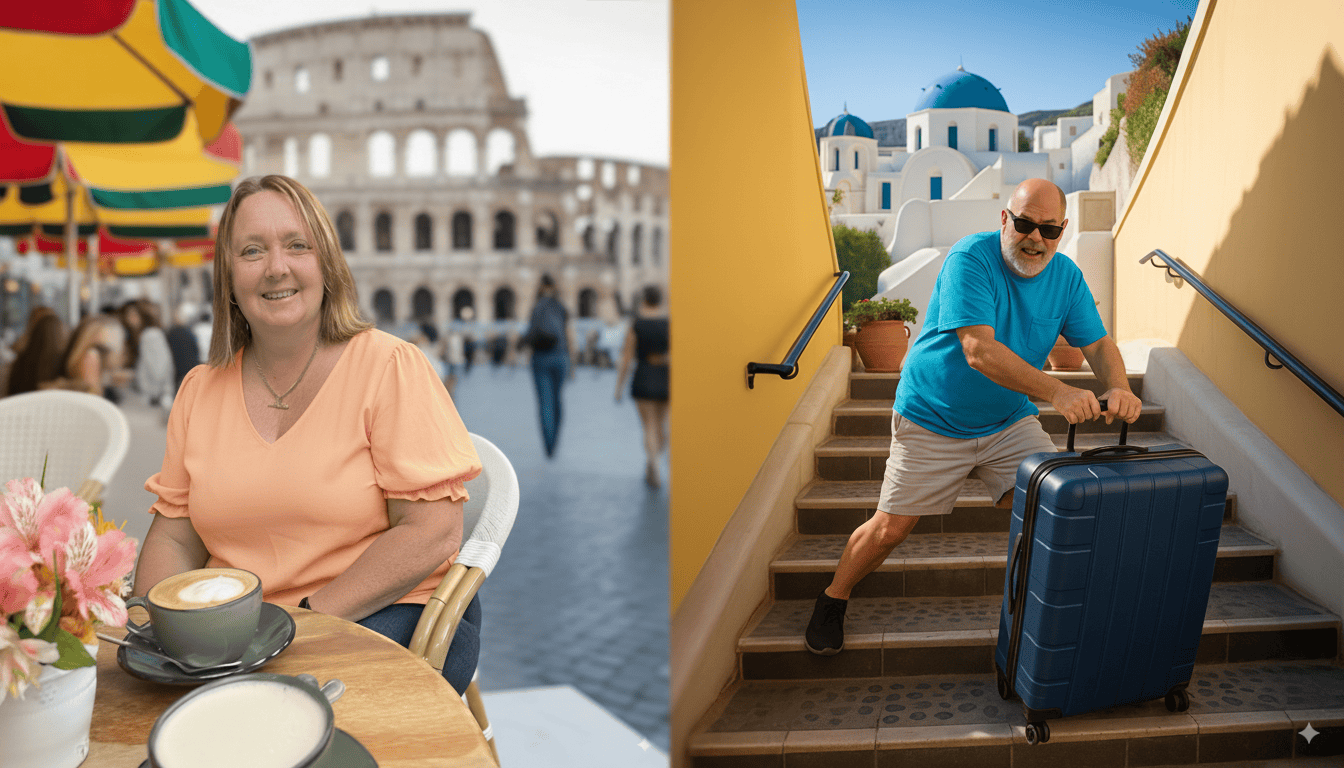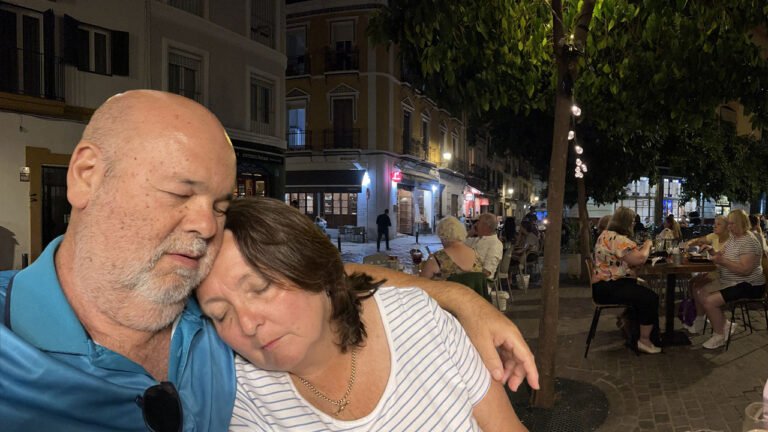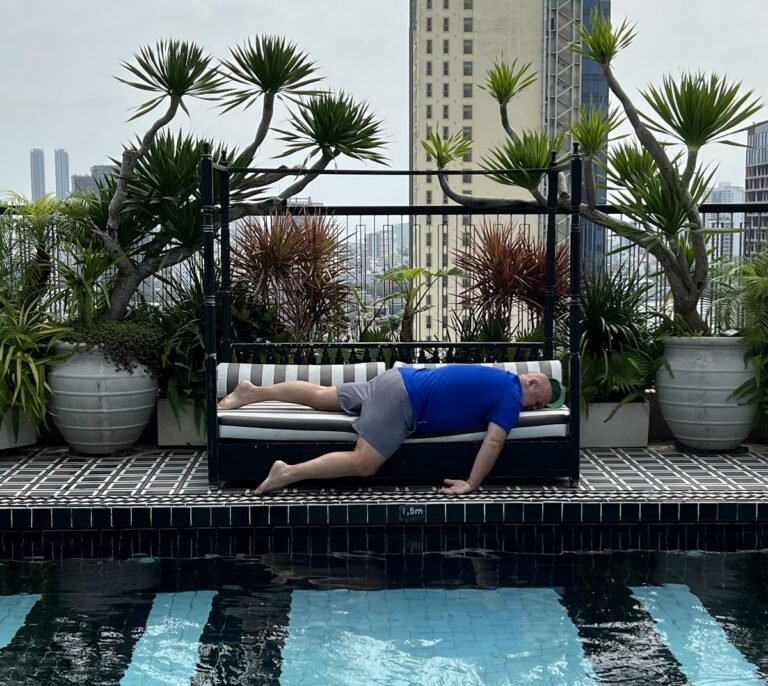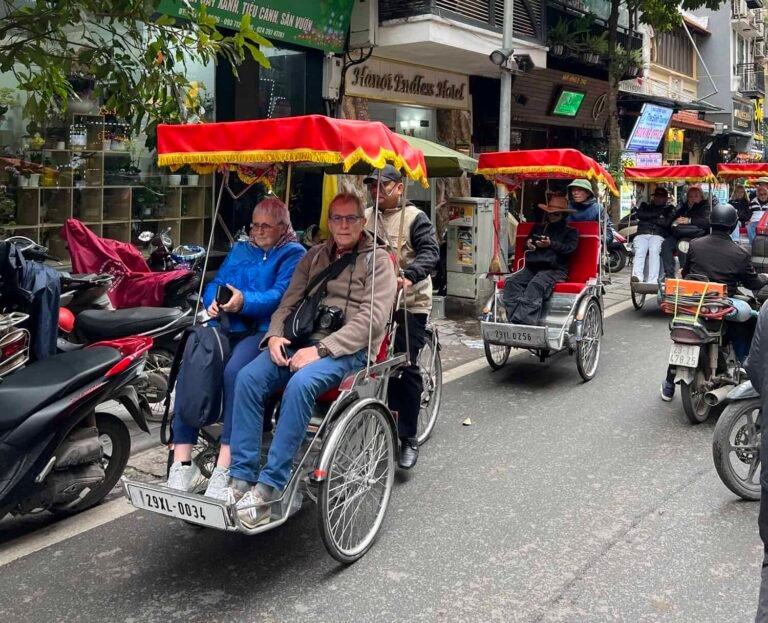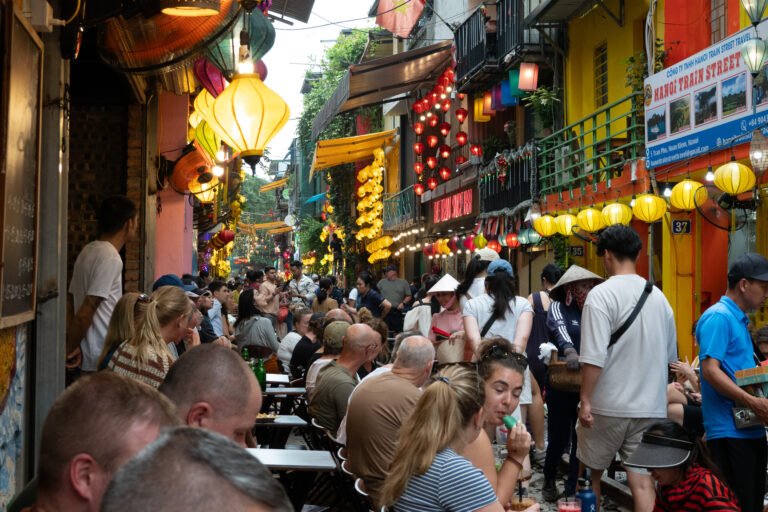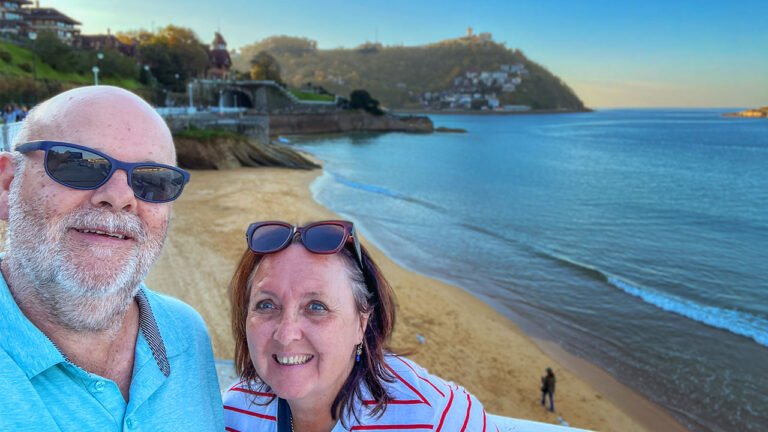How to Keep Travelling When Your Body Pushes Back

We may not be sprinting through airports like we did in our 30s, but that doesn’t mean travel has to slow down. It just means planning smarter. Think of it like trading in your old hiking boots for supportive sneakers: same adventure, more comfort.
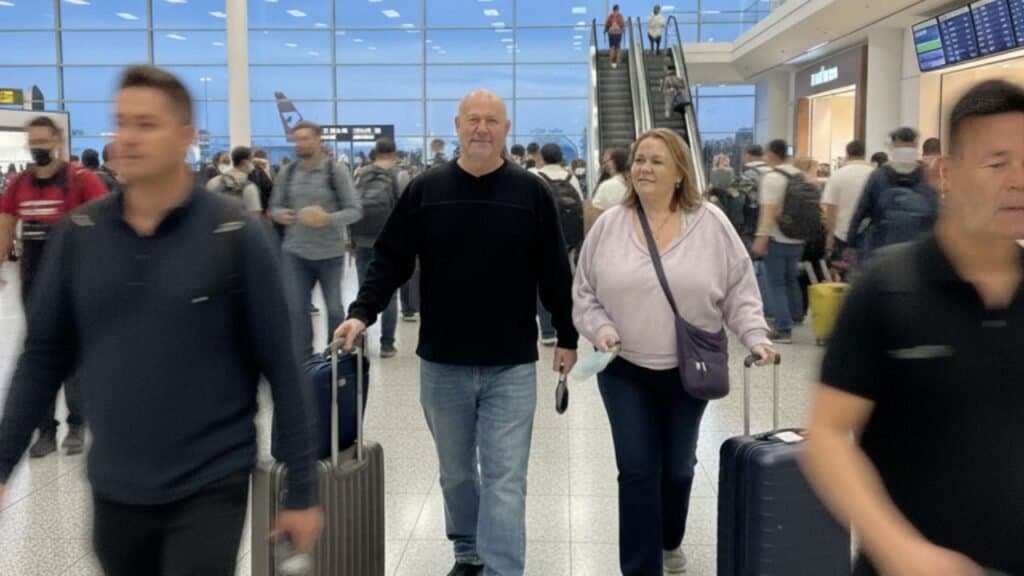
As a couple in our 60s, we’ve learned that acknowledging our bodies’ limits doesn’t take away from the joy of travel, in fact, mobility tips for senior travellers are what help us travel more comfortably and keep the adventure going.
After all, what’s the point of climbing a thousand temple steps if your knees sound like a bowl of Rice Bubbles the whole way up, and you won’t be able to move for the next few days?
If you’d prefer to watch rather than read, we’ve also put together a short video with these mobility tips — you can check it out right here:
Why Mobility Matters in Retirement Travel
By the time you reach your 50s and 60s, you start noticing the little things:
- Long days of sightseeing take more out of you.
- Knees, backs, and hips don’t always play nicely.
- Trying to “do it all” often ends in frustration or even injury.
It’s not about giving up adventure, it’s about travelling smarter. Because let’s be honest: at our age, sleeping in an airport isn’t an adventure, it’s a fast track to the physio.
There are plenty of travel mistakes couples over 50 make, and there are easy ways you can avoid making them your own.
Practical Tips for Age-Smart Travel Planning
Here are a few adjustments that will make a world of difference for your travel adventures:
Choose convenient accommodation
Being close to the action, or at least within easy access to public transport, saves steps (and taxi fares). Think of this accommodation as being “knee friendly.”
Prioritise rest days
Be sure to include downtime in your travel plans. Museums and ruins have probably been around a long time, so chances are they will still be there tomorrow. Your body will thank you.
Don’t ignore transport options
Don’t feel guilty about taxis, shuttles, or tours. They’re not cheating, think of them as comfort with wheels.
Pack smarter
Lightweight luggage makes airports and cobblestones far less of a battle, not to mention hotels without elevators. Leave the “just in case” extras at home, you can probably buy them while you’re away if you really need them.
Pre-book tickets
Skip the exhausting and frustrating long queues and save your energy for the actual experience. It’s better to be worn out after the experience than before you even get through the door.
Look after your body on the go
A few minutes of stretching in the morning, staying hydrated, and keeping any regular medication close at hand can make the difference between a tough day and an enjoyable one.
Quick Packing Checklist for Mobility-Friendly Travel
- Lightweight suitcase with spinner wheels
- Supportive walking shoes (broken in, not brand new)
- Collapsible walking stick or trekking pole (handy on hills or ruins)
- Refillable water bottle
- Small daypack with padded straps
- Medication organiser (and a copy of prescriptions)
Itinerary Adjustments for Over-50 Travellers
Focus on quality, not quantity
Seeing fewer sights in more depth is more rewarding (and less punishing on the joints). I have never found anyone offering a prize to whoever visits the most churches or museums in a day.
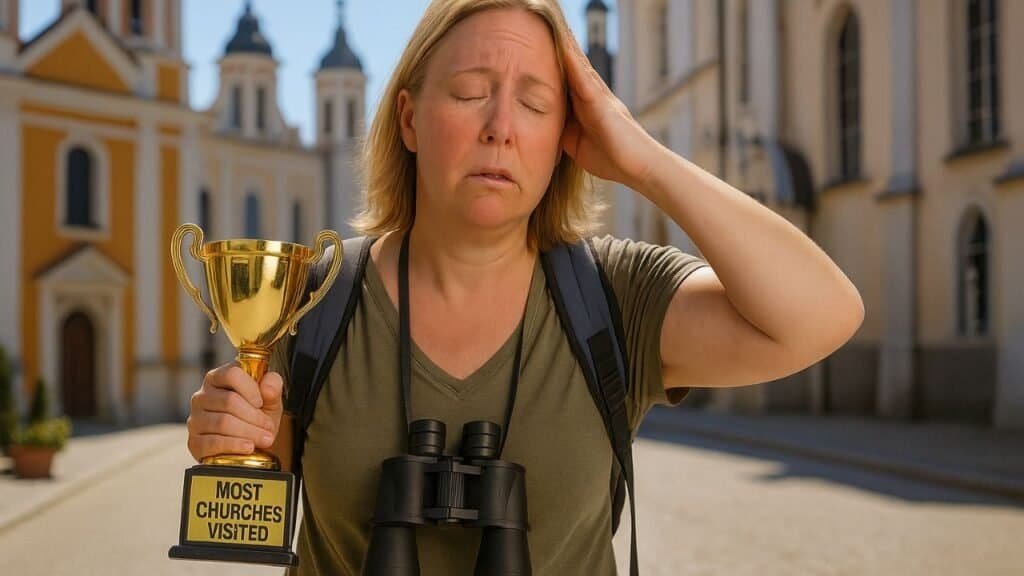
Look into multi-day passes
Spread museums or attractions over time instead of cramming. Nobody wins when you rush art.
Opt for half-day tours
You’ll enjoy them more and still have energy for dinner, without nodding off and finishing with your face in the soup.

Want to know when the best time to travel is for couples over 50? We’ve got the inside info.
Mindset Shifts That Help
Mobility isn’t just about taking pity on your knees and backs; it’s also about how you think about travel:
- Comfort beats overdoing it every time.
- “Slow travel” isn’t a compromise, it’s a perk you earned from years in the workplace. Like a good curry: plenty of flavour, best shared, and far more satisfying when savoured.
- The freedom of not being tied to a work schedule means you can move at your own pace. No boss, no deadlines, just the rhythm of discovery.
A lot of over-50 travellers I know have mentioned they feel guilty if they’re not “doing it all”, as if they’re missing out. Here’s the truth: pacing yourself is smart, not lazy. Skipping one cathedral doesn’t mean you’ve wasted your trip.
In fact, slower travel often leads to the best memories. Returning to the same café a few times might mean the barista remembers your name. Spending an extra hour at a local market gives you time for conversations you’d miss if you rushed through.
Final Thoughts
Decreasing mobility doesn’t mean decreasing adventure. It means planning wisely, embracing comfort, and remembering that every step you take, whether it’s up cobbled hills that seem steeper than they used to be, squeezing your way through a bustling market, or simply stepping into a café, is still part of the journey.
Travel doesn’t need to feel like a marathon. These days, we’re more likely to be into scenic strolls with snack breaks, and that sounds OK to us. How about you?
FAQs
Do you need to give up travel if mobility decreases?
Absolutely not. Just because you can’t race around like you did 30 years ago, doesn’t mean it’s all over. It’s about adjusting, not giving up.
What’s the best way to handle mobility on city breaks?
Stay in a location close to the major points of interest, or at least close to good public transport, and plan short walking routes.
Does slow travel cost more?
Not necessarily. In fact, staying longer often saves money on accommodation and transport.
What if one partner is more mobile than the other?
Not every couple travels at the same pace, and that’s OK. Plan a mix of joint activities and solo time. For example, one of you might take a museum tour while the other explores a nearby park or café. Meeting up afterwards means you both get what you want out of the day.
Is travel insurance important for mobility concerns?
Absolutely. Make sure your policy covers pre-existing conditions and medical evacuation if you’re travelling internationally. It’s not about expecting the worst, it’s about having peace of mind so you can focus on enjoying the trip.
We’ve had to make changes to the way we travel since we hit 50, but there is no way we are just going to give up and stay home for the rest of our lives.
Share your best mobility-smart travel tip in the comments, and don’t miss our YouTube video that goes with this article.
